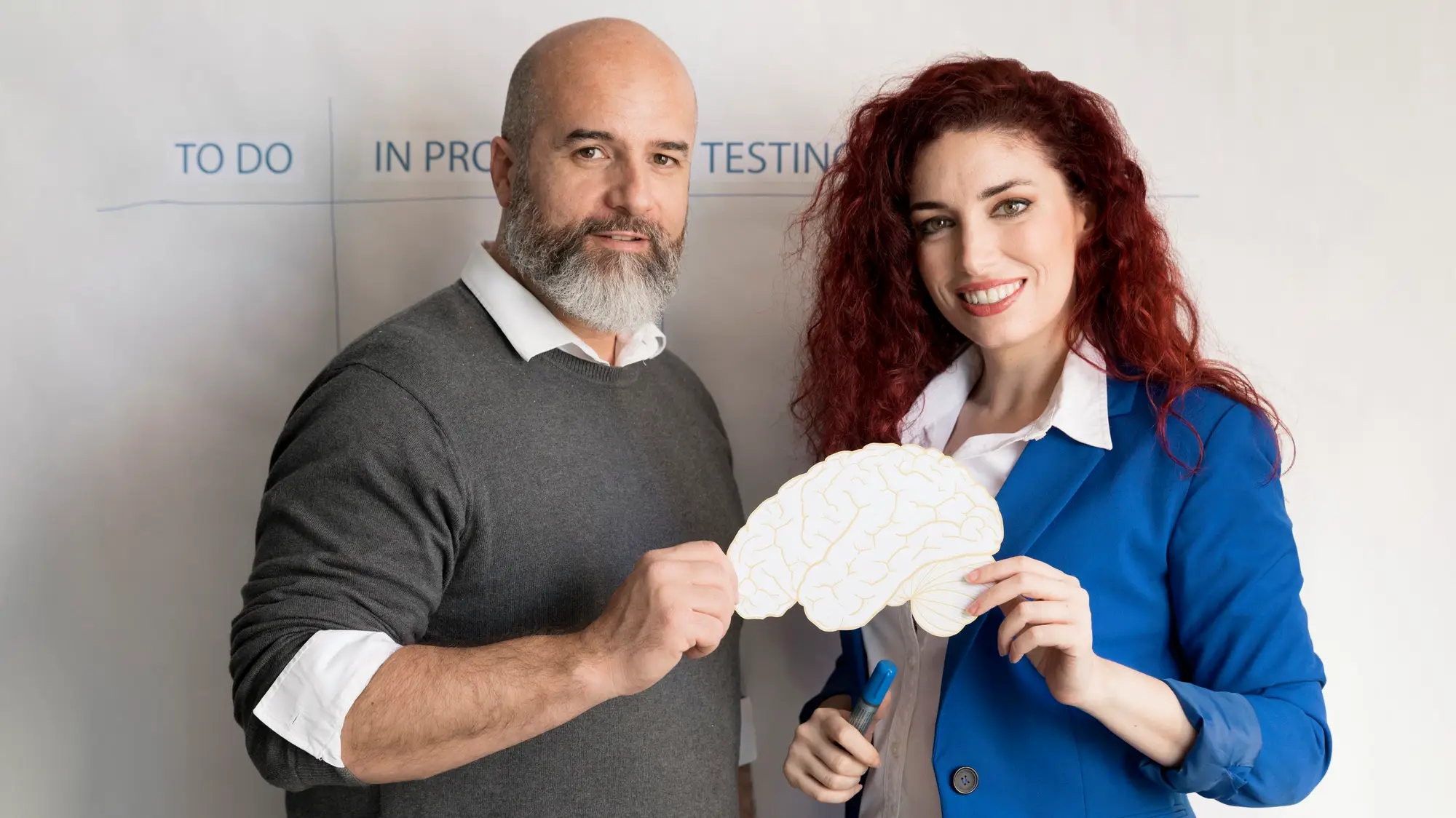Introduction: The Evolution of Healing Through Mind Therapy
In an increasingly hectic and stressful world, the demand for mental health support has never been greater. While traditional approaches like psychotherapy and medication continue to play a vital role, more people are turning to alternative healing practices to complement conventional treatments. These techniques, collectively known as mind therapy, focus on the relationship between the mind and body, using the power of thought, awareness, and mindfulness to foster emotional and physical healing.
Alternative healing practices such as mindfulness, hypnotherapy, and energy healing have gained global popularity for their holistic approach to wellness. Mind therapy transcends surface-level symptoms, encouraging individuals to explore and heal the root causes of mental and emotional imbalances. By integrating these techniques into their lives, many people have reported improvements in clarity, focus, emotional stability, and even physical health.
This whitepaper explores mind therapy techniques within the scope of alternative healing, their benefits for personal growth, and the practices most commonly used to achieve emotional balance and lasting wellbeing.
Understanding Mind Therapy
At its core, mind therapy refers to practices that involve harnessing the mind’s influence to promote healing and self-regulation. Many of these practices are inspired by centuries-old traditions and philosophies, such as meditation and yoga, while others have evolved from modern psychological advancements like hypnotherapy and neuro-linguistic programming (NLP).
Mind therapy places significant focus on how thoughts, emotions, and beliefs ultimately shape an individual’s wellbeing. By allowing individuals to gain control over their thoughts and perceptions, mind therapy helps shift negative patterns, reduce stress, and promote inner harmony.
The Role of the Mind in Healing:
- Mind-Body Connection: The mind and body are interconnected, meaning mental health directly influences physical health and vice versa. For example, chronic stress can lead to physical illnesses, while emotional release can often alleviate physical pain.
- Neuroplasticity: The mind’s ability to rewire itself—known as neuroplasticity—enables healing from trauma or conditioning through alternative healing techniques.
- Empowerment and Awareness: Mind therapy encourages individuals to shift from being passive recipients of care to active participants in their healing journey, promoting empowerment and self-awareness.
Alternative Healing in the Context of Mind Therapy
Alternative healing refers to non-traditional therapeutic methods that work alongside or in place of conventional medical approaches. These practices often emphasise balance, energy flow, and personal empowerment. In terms of mind therapy, alternative healing techniques delve into emotional and psychological layers to centre an individual’s health holistically.
Popular mind therapy techniques within alternative healing include meditation, hypnotherapy, sound healing, visualisation, and energy work.
1. Meditation and Mindfulness
One of the most widely recognised practices within alternative mind therapy is meditation, particularly mindfulness meditation. Originating in ancient Buddhist traditions, mindfulness involves focusing attention on the present moment, accepting emotions without judgment.
How Mindfulness Works:
Mindfulness trains the mind to let go of intrusive thoughts and reduces the brain’s stress response. It brings a sense of calm, improved focus, and emotional regulation.
Benefits of Meditation in Mind Therapy:
- Reduces stress and anxiety by lowering cortisol levels.
- Improves concentration and mental clarity.
- Enhances emotional resilience by enabling individuals to observe, rather than react to, their feelings.
- Stimulates self-awareness, helping individuals identify and overcome limiting beliefs.
Example Mindfulness Exercise: Focus on your breathing for 3–5 minutes, observing the sensations of each inhale and exhale while gently bringing your attention back if your mind wanders.
2. Hypnotherapy
Hypnotherapy is a mind therapy technique that leverages the subconscious mind to facilitate deep healing and behavioural change. A hypnotherapist guides individuals into a trance-like state—a heightened level of relaxation—where they can access memories, emotions, or beliefs that shape their conscious behaviour.
Uses of Hypnotherapy:
- Overcoming fears, anxiety, or phobias.
- Changing harmful habits, such as smoking, overeating, or procrastination.
- Accessing and resolving deep-seated emotional trauma.
- Improving confidence and improving self-perception.
Example: A hypnotherapist might guide someone with chronic stress into a state of relaxation, then suggest healthier coping mechanisms directly to the subconscious, rewiring automatic responses to stress triggers.
3. Sound Healing
Sound healing is an alternative therapy that uses vibrations and sound frequencies to promote relaxation and mental clarity. Instruments like singing bowls, tuning forks, or gongs are used to create vibrational patterns thought to harmonise the mind and body.
How Sound Healing Works:
Sound vibrations resonate with the body’s frequencies, stimulating relaxation, balance, and emotional release. This practice is rooted in the understanding that everything in the universe vibrates, including our thoughts and emotions.
Benefits:
- Helps release emotional blockages and improves mood.
- Combats anxiety and stress by relaxing the nervous system.
- Enhances focus and mental clarity through frequency balancing.
Example: Attending a crystal singing bowl session can encourage a meditative state, calming the mind and releasing pent-up tension.
4. Visualisation Techniques
Visualisation, or guided imagery, is a technique that uses mental imagery to evoke positive feelings and behaviours. By visualising desired outcomes or imagining oneself in a peaceful state, individuals can shift their perspective and grow more attuned to their goals.
How It Works:
The brain often cannot distinguish between a vividly imagined experience and reality. Visualisation techniques capitalise on this, enabling individuals to “experience” success, calm, or balance before it translates into real-life behaviours.
Benefits of Visualisation in Mind Therapy:
- Amplifies confidence and motivation.
- Provides stress relief by mentally escaping to serene imagery, such as a beach or forest.
- Helps rewire thought patterns by associating positive emotions with everyday challenges.
Example: Athletes often use visualisation by imagining themselves achieving peak performance, highlighting its power in creating a winning mindset.
5. Energy Healing (e.g., Reiki)
From acupuncture to Reiki, energy healing involves manipulating the body’s energy fields to restore balance. Reiki, for example, uses light touch or no physical touch to clear energy blockages in the body to restore harmony.
Benefits of Energy Healing in Mind Therapy:
- Reduces stress and promotes a sense of calm.
- Addresses energetic imbalances that contribute to fatigue, restlessness, or emotional distress.
- Stimulates self-healing properties in the body.
Example: A Reiki session involves light, intentional hand placements around the body, allowing someone to feel emotionally lighter and more grounded at the end of the practice.
The Benefits of Mind Therapy Techniques
Mind therapy techniques integrate mental, emotional, and physical dimensions, making them a comprehensive solution for improving overall wellbeing. Below are the significant benefits these practices can offer:
- Mental Health Improvements: Techniques like mindfulness and hypnotherapy reduce the impact of stress, anxiety, and depression by fostering self-awareness and emotional regulation.
- Cognitive Focus and Clarity: Practices like visualisation and sound healing improve cognitive function, helping individuals overcome brain fog, low concentration, or indecisiveness.
- Physical Wellbeing: Chronic conditions like hypertension, fatigue, or pain are often linked to mental health. By addressing the mind’s contribution to physical issues, alternative healing restores balance and energy.
- Emotional Resilience: When individuals strengthen their connection to the present and their emotions, they become more resilient in handling life’s challenges.
- Spiritual Alignment: For those exploring the spiritual dimension of healing, many mind therapy practices, like Reiki or meditation, promote a deeper connection with inner peace, meaning, and purpose.
How to Integrate Mind Therapy into Daily Life
To maximise the benefits of alternative healing, individuals must actively incorporate mind therapy practices into their routines. Below are practical ways to embed these techniques into everyday life:
- Morning Mindfulness: Start the day with a 5–10 minute meditation or deep breathing session to cultivate calm and intention.
- Lunchtime Recharges: Employ quick visualisation techniques during lunch breaks to mentally reset and maintain energy for the rest of the day.
- Evening Reflections: Incorporate gratitude journaling or self-hypnosis audio sessions to decompress and process the day’s emotions in a healthy way.
- Weekly Sound Healing or Reiki Sessions: Dedicate one evening a week to a sound bath, yoga nidra, or energy healing session for a full mental and emotional recharge.
- Online Resources: Use free or affordable apps like Calm, Headspace, or YouTube channels offering guided meditations, visualisations, and sound therapy.
Challenges and Limitations
While highly beneficial, it’s crucial to acknowledge that mind therapy techniques are not a substitute for medical healthcare. Severe mental health conditions may require professional psychiatric or psychological intervention. Mind therapy is most effective when used as a complementary approach to healing.
Conclusion: The Future of Healing Through Mind Therapy
Mind therapy techniques, rooted in both ancient traditions and modern alternative healing practices, represent an accessible and holistic tool for achieving mental clarity, emotional balance, and physical harmony. In a world riddled with stress and uncertainty, these practices appeal to those seeking deeper self-awareness and a proactive role in their healing journey.
Whether you’re starting with mindfulness meditation, exploring hypnotherapy, or embracing energy healing, the key lies in consistency. With regular practice, mind therapy techniques unlock not only relief from anxiety or mental strain but also pathways to personal growth, focus, and resilience.
Call to Action
Start exploring mind therapy today. Choose one alternative healing practice—be it meditation, sound healing, or visualisation—and commit to practising it for a week. Watch as these small steps lead to profound progress in your mental and emotional wellbeing.









